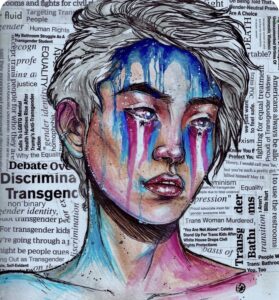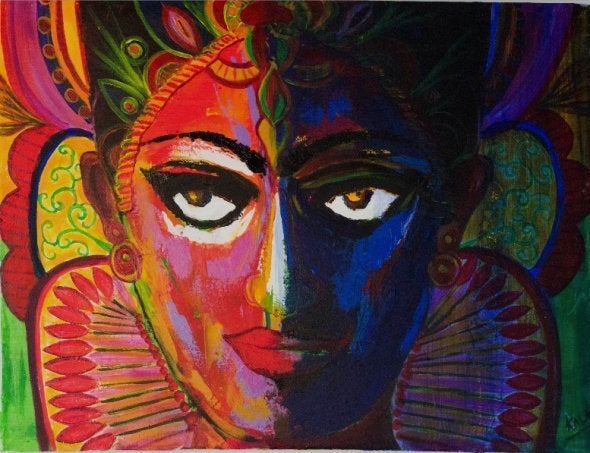Unit 1 | Appearances that Deceive…
Scene and Conflict
Although by now we’re acquainted with Essay 1, I’ve yet to comment on the theme of our readings so far in the first unit of the course—the idea that appearances can be deceiving—which is something you might (still) consider writing about for your first essay. In Naylor and Coates’ texts, they allude to the ways in which race—or, in the case of Naylor, racialized language—can be deceiving: the “n-word” doesn’t always mean something bad (even if at first glance or hearing it seems to); meanwhile, for Coates, the very notion of race—or looking at a body in terms of its “race”—is a fiction, the product of racism rather than its cause. On the other hand, Chu’s text confronts the deceptive appearance of a person’s gender: while a body may appear to be that of a man, a transgender person like Chu may nonetheless feel more like a woman at times (even if obtaining a vagina via surgery doesn’t quite clinch this feeling). In the next reading, Mirene Arsanios tells a twisted “love story” of sorts that highlights the deception involved in contemporary romance, rooted as it is in text-based (mis-)communication.
Remember the readings for this course are there to inspire you to take chances—as all of these writers have—with becoming vulnerable and chancy in your essays-in-progress. Please take inspiration from both what these writers are writing about as will as the WAYS in which they are doing so.
OK, so for Friday (respond to 3A and 3B as a comment below; label each part A and B, please):
- Comment on another classmate’s “Media Share” (1 or 2, doesn’t matter). In your comment, include at least 1 thing you found interesting about their post and 1 question you have about it.
- Read Mirene Arsanios, “April-May-June.”
- A. Something I want you to notice about both Chu’s text and Arsanios’ essay is the way that both of them center around a CONFLICT—as do most good stories—and yet how neither of these texts ends in a way that really resolves this conflict. These are both well-told stories (as your Essay 1 will be) but they aren’t stories that lead to a happy ending or an epiphany. Each writer concludes their work in a way that is messy or unsatisfied or confused in some way. For this part of the prompt, focus on either “The Pink” or “April-May-June” and explain what the main CONFLICT of the story is before moving on to analyze how the story ends. What remains unresolved? What questions are left unanswered?
B. Both of these writers create vivid scenes in which time slows down and we become able to imagine a kind of movie-like documentation of the writer’s mind perceiving the world around them as well as their own inner thoughts. (I’ll be talking a bit about this on the Zoom call for this week, so please refer to the recording of that for more explication of some of the key scenes from these two texts and the elements that make up a “scene.”) For this part of the prompt, please write a long (2+ paragraph) scene that you might want to add to your Essay 1. When thinking about a scene to write, first think of a central CONFLICT related to what you’re writing your Essay 1 about and try to think of a SCENE that shows this CONFLICT building (or exploding!).





